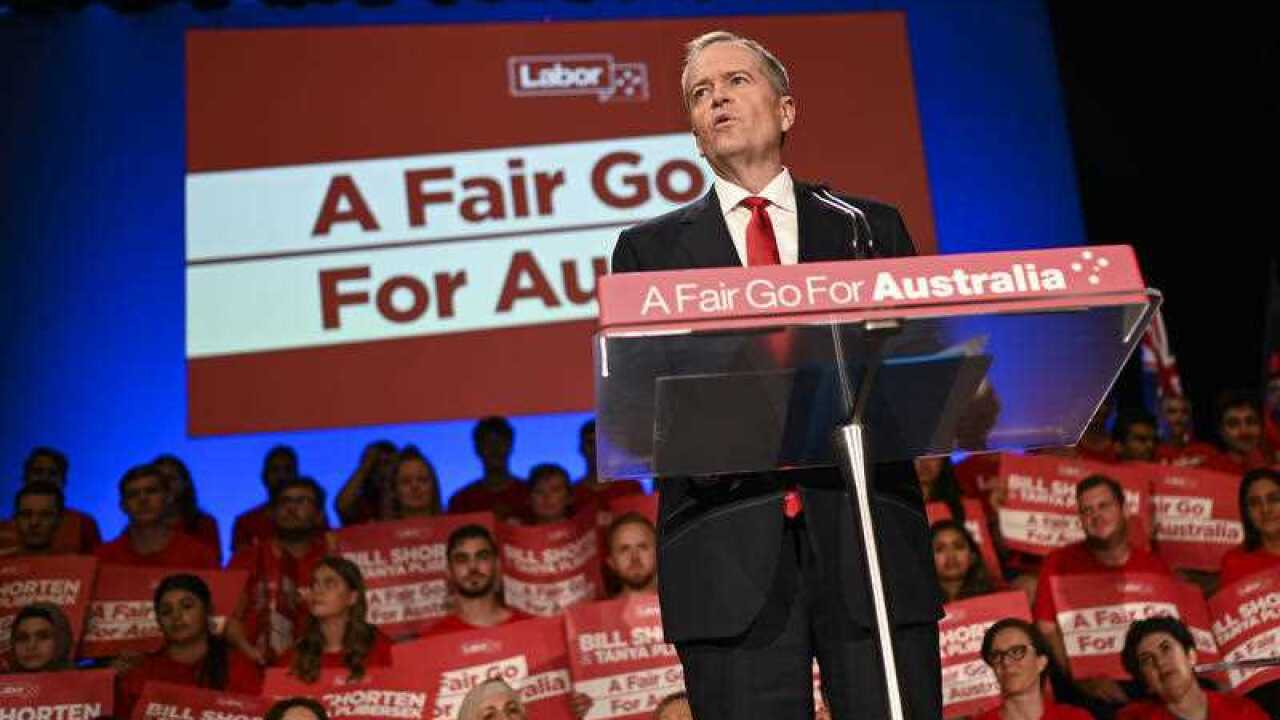The Australian Greens formally began on the 30th of August 1992, when representatives from independent Green state-based parties met in Sydney to form a new federal party.
The growth and success of what has come to be the third main party in Australian politics can be attributed to the work of environmentalist and former Greens leader Bob Brown.
Bob Brown's legacy

رهبر پیشین حزب سبز، باب برون Source: AAP
He began his career as a surgeon in Canberra and later in London, before he resettled in Launceston, Tasmania where he became involved in the state's environmental movement while still practising as a GP.
In 1972, he became a member of Australia's first "green" party, the United Tasmania Group, which many argue started the trend of green state-based independent parties.
Dr Brown became famous for his comment, "Flooding the Franklin would be like putting a scratch across the Mona Lisa", spoken in protest of the proposed damming of Tasmania's Franklin River in the early 1980s.
READ MORE

What does Labor stand for?
Australia's state-based Greens parties banded together in 1992 to form the federal Australian Greens.
Dr Brown in 1996 became the fourth member of the Australia Greens movement ever to enter the federal parliament and two years later he was the party's sole federal parliamentarian.
An alternative party

ریچارد دی نتالی، رهبر حزب سبز با حامیانش Source: AAP
Emeritus Professor of Politics at the University of Adelaide, Clement Macintyre, says the Greens' growth is a reflection of both an increase in voters' environmental awareness and the political climate of the early 2000s.
"As people became more and more conscious of the importance of climate change and challenges caused to the economy and broader concerns about the future of the Australian environment there was a growing interest in environmental politics," he said.
"But I think at the same time, it's no concidence that it came at a very similar time that the Australian Democrats declined and the Australian voters have often looked for a third parties in the senate.
"And as the Democrats were seen to be less and less relevant then the Australian Greens were able, in a sense, to take that place."
A minor party grows

گشایش کارزار انتخاباتی حزب سبز، سیدنی، اکتوبر 2001. Source: AAP
And in the 2010 federal election, the Greens received 1.6 million votes to secure six Senate seats, taking their tally in the upper house to nine.
Melbourne's Adam Bandt broke new ground for the party, securing the Greens first seat in the House of Representatives at a general election.
The party entered a supply and confidence agreement with Labor in 2010, with the two parties working together on a number of common issues.
Regeneration

رهبر پیشین حزب سبز، کریستین میلن (وسط). Source: AAP
He handed over the leadership to Senator Christine Milne, who he had worked alongside with in the early days of his environmental activism in Tasmania.
Many argued it would be the end of the Greens, an argument Dr Brown described as grossly inaccurate.
"This isn't the first time we've done this. I left the Tasmanian parliament and she took on the leadership and there were all sorts of dismal proclamations about the end of the Greens.
"Well, look at us now. This party is set to grow. I remember well being in this parliament as the only Green a decade ago. Here we are now ten."
A new leader

کریستین میلن در یک گردهمایی دربارۀ تغییر اقلیم Source: AAP
At the time, Senator Milne accused Labor of siding with the mining industry and making coal seam gas development easier.
Senator Milne claimed her party was the only one serious about tackling climate change, an issue she predicted would become more relevant in the future.
"When you look around the world it is extremely unusual to end up with majority governments.
"In fact it's the exception rather than the rule. This is the century when the overwhelming challenge is going to come from the environment as a result of global warming. That's going to impact on defence policy, impact on people moving around the world, on food scarcity and that's why you're going to see both of the old parties decline over time and the rise of new parties like the Greens."
The Greens of today

ریچارد دی نتالی (وسط) Source: AAP
The Australian Greens have nine federal senators, one federal MP, 23 state MPs, and more than 100 Greens councillors including Green mayors.
The party says they aim to use evidence-based solutions to solve the problems facing Australia now.
The main issues being economic inequality, the increasing cost of living, environmental destruction and addressing climate change.
As the 2019 federal election draws closer, Senator Di Natale says neither the Coalition nor Labor are adequately addressing the issue of climate change, but the Greens would.
"The Liberal and Labor Party won't deal with coal because they get massive donations from the coal, oil and gas industry and that is why none of them can be taken seriously on climate change," he said.
"This plan phases out coal and brings in a 170,000 new jobs in the renewable energy industries. This is a plan for job creation in renewable energy and a plan to ensure we phase out the biggest cause of climate change and that is the burning of coal."
It looks likely climate change policy and emissions target reduction plans will play a key roll in how voters place their ballots in the federal election in May.






